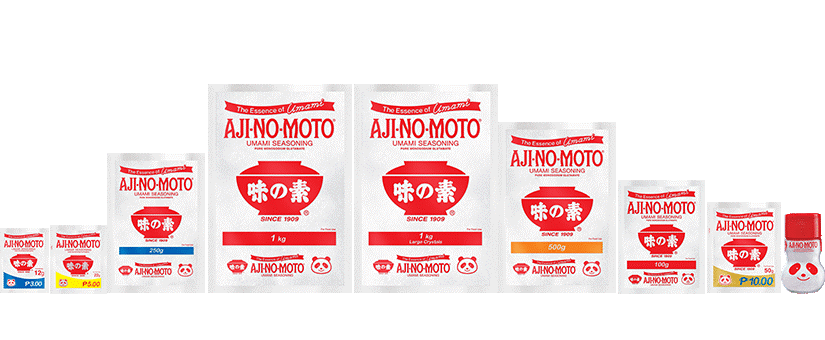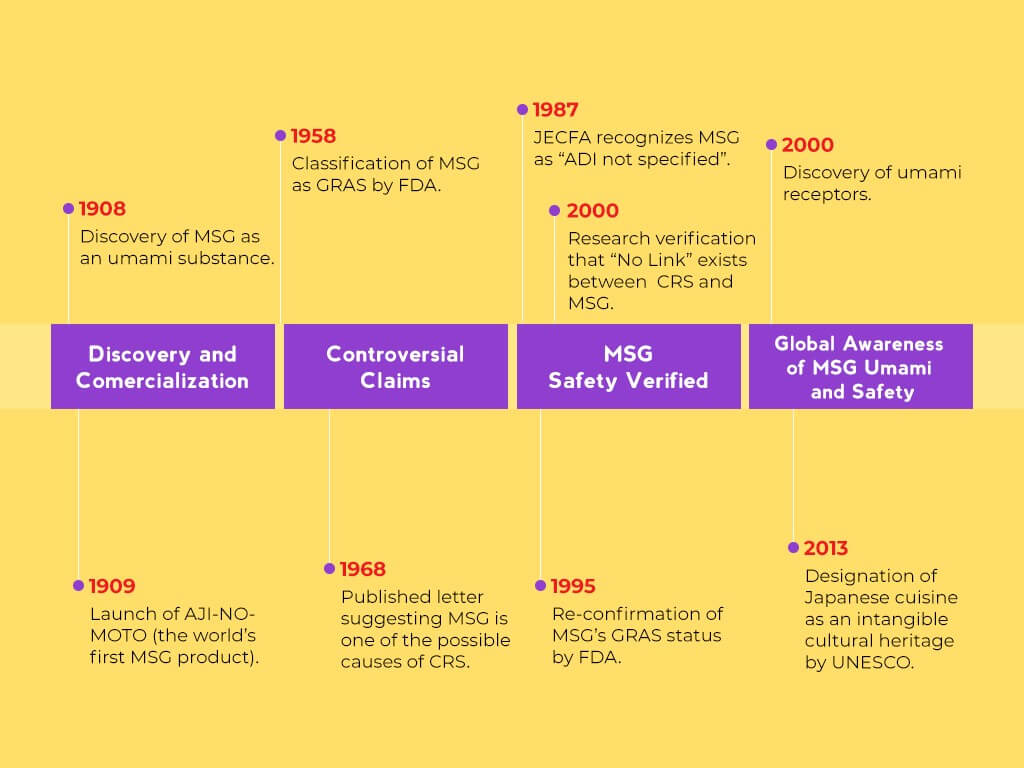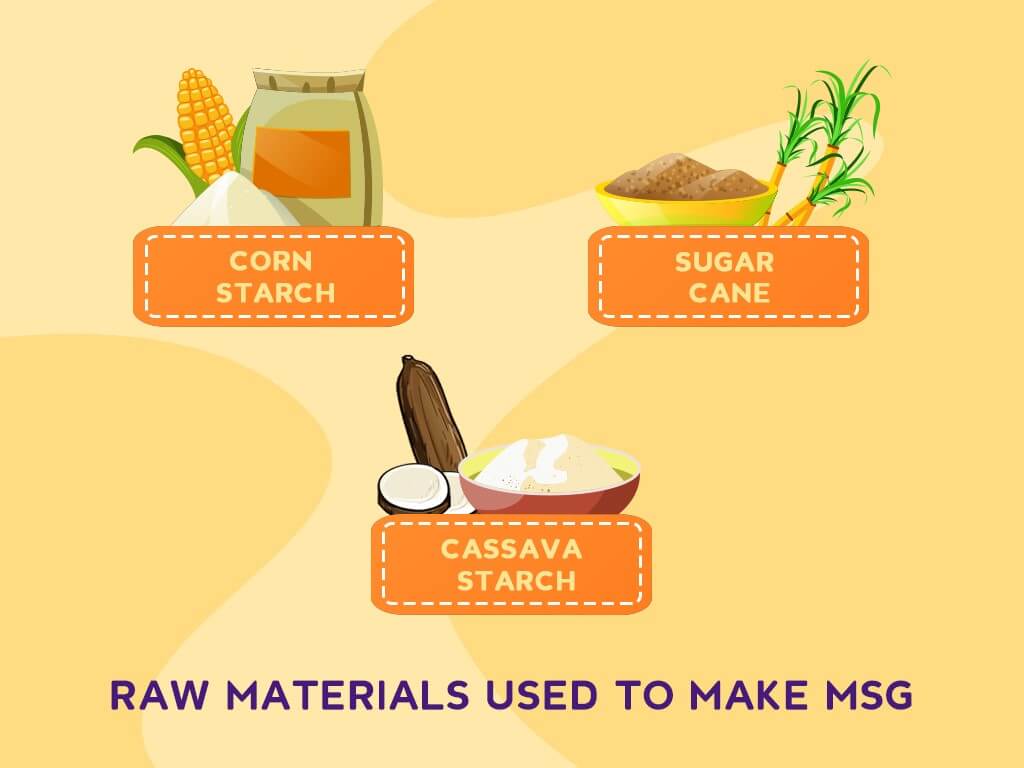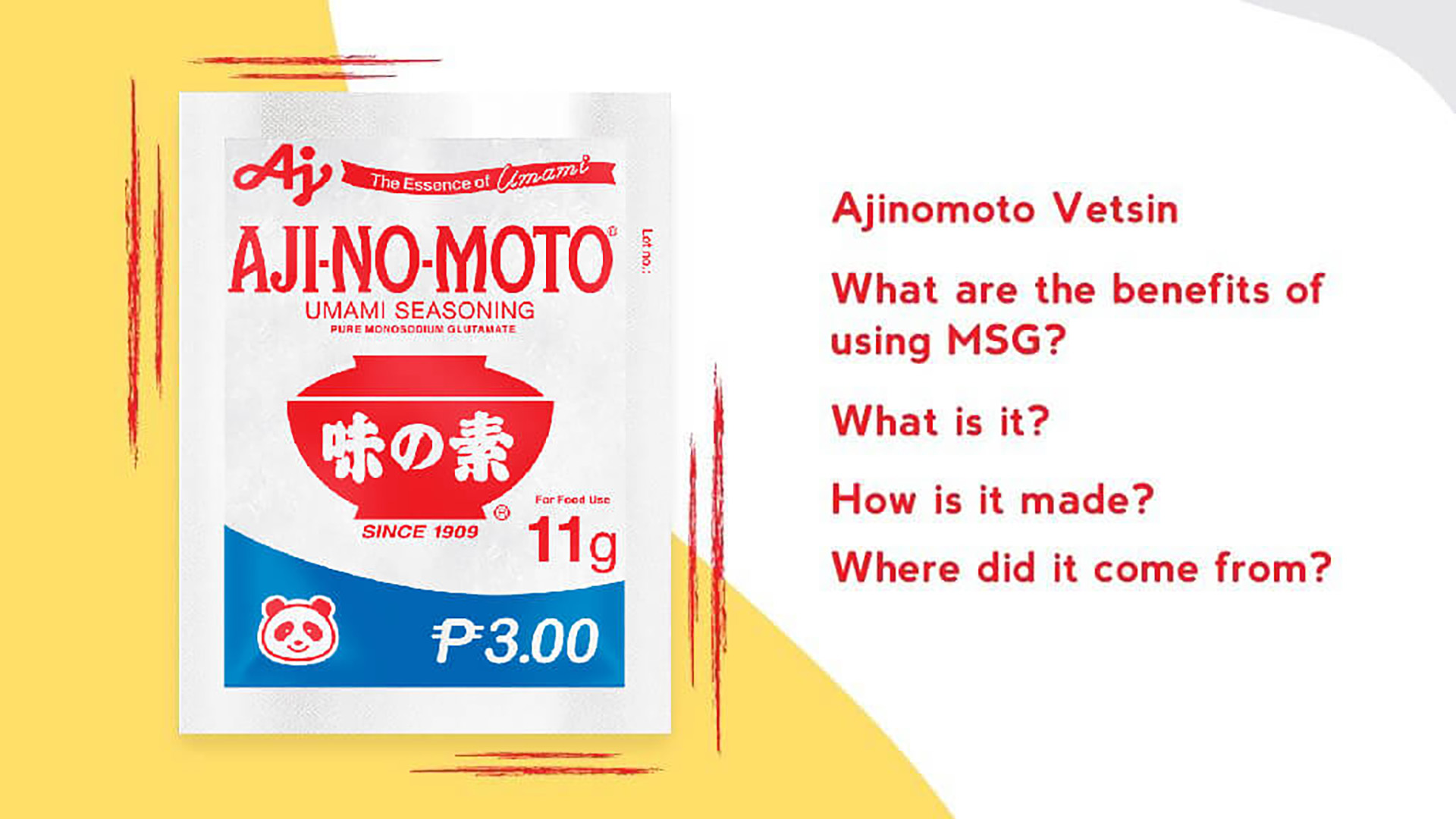We want our food to provide us the nutritional elements required for an optimal diet without compromising its taste. Taste is an important element in food, as eating food is meant to be a satisfying experience besides sustenance. Food palatability increases with Monosodium Glutamate (MSG) which has become one of the most well-known and controversial food seasoning in the world.
In the Philippines, MSG or commonly known as “vetsin” is one of the widely used seasoning that enhances the natural flavors of food. Filipino cuisine is known for its diverse selection of savory flavors, which is why MSG remains as one of the main ingredients to capture the essence of these dishes.
Ajinomoto is the manufacturer of the leading MSG brand in the Philippines called “AJI-NO-MOTO® Umami Seasoning”, which is comprised of both sodium and glutamate. Glutamate is a naturally occurring amino acid present in animals and plants respectively. It is also present in different types of food, such as tomatoes, mushrooms, cheese, and various protein sources.
The unique taste or the fifth basic taste elicited from MSG known as “umami” was discovered by Professor Kikunae Ikeda who extracted the glutamic acid from the Kombu seaweed. Ikeda then identified glutamate as the source of the savory unique taste that did not fall within the taste categories of sweet, sour, salty and bitter.
In Filipino, umami is described as “malinamnam,” which is why the use of AJI-NO-MOTO® in Filipino dishes is very popular. There are many ways to implement the umami flavor into Filipino dishes, adding savory flavors like AJI-NO-MOTO® helps to complete the dish.
Although, Ajinomoto vetsin is a familiar term to describe the widely used flavor enhancer, most people are unaware of MSG’s: 1) benefits, 2) manufacturing process and 3) origin.

MSG which offers the purest way to add umami in a dish has the following characteristics:
- Stable and resistant to humid conditions
- Easily dissolves in water
- Transparent crystal — colorless
- Odorless
- Pure source of umami (delicious, savory) taste
- Efficient flavor enhancer even when used in small amount
BENEFITS OF MSG IN YOUR DIET
MSG also boasts a number of dietary benefits that make it a great ingredient to add to your dishes:
- Helps control appetite and promotes saliva secretion
MSG enhances umami or delicious taste of food and could stimulate our appetite. At the same time, digesting MSG also appears to heighten a sense of fullness and satisfaction. This effect is conjectured to be a way to discourage overeating. This dual contribution to both the stimulation of the appetite and promotion of satiety or satisfaction is one of the promising benefits of MSG.
It is also worth noting that MSG promotes saliva secretion for oral hygiene and ease of swallowing food. This is because saliva helps rinse away undesirable bacteria in your mouth and makes swallowing of chewed food easier
- Improves palatability of low-sodium food
According to research, the umami taste of MSG compensates for any flavor lost due to a reduction of salt in food preparations.
The deliciousness of a dish will not diminish when MSG is used even with a reduced amount of salt. This combination can reduce the amount of sodium by almost 40% — dramatic reduction of salt intake with no impact on the enjoyment of the taste experience while contributing to reducing the risk factor on development of cardiovascular diseases.
- MSG may reduce sodium content of recipes by up to 40%
MSG is mistakenly believed to be high in sodium. In reality MSG contains only 1/3 the amount of sodium as table salt. Table salt contains 39% sodium (39 grams of sodium per 100 grams of salt) while MSG only contains 12% sodium (12 grams of sodium per 100 grams MSG).

What is MSG or vetsin or AJI-NO-MOTO® Umami Seasoning?
The name AJI-NO-MOTO® means “essence of taste” and was first sold under that name in 1909. The sales for the product grew over the course of the next decades, becoming one of the most popular types of seasoning used in food. Today, Ajinomoto Vetsin remains as one of the most commonly used forms of seasoning, adding a great flavor to millions of dishes worldwide.
This success has helped Ajinomoto become a recognized name outside of Japan, gaining popularity while also becoming one of the largest food companies in the world. Today, the annual global demand for MSG has recently reached a volume of over 3.2 million tons, making it one of the most in-demand ingredients across the world.
This has also led the company to explore new ventures in the food industry, expanding its range of products to provide more flavor and ways to make classic recipes even better.
MSG is the Most Extensively Researched Food Ingredient
MSG has been the subject of evaluation and re-evaluation as an umami seasoning throughout its history. The big change in how MSG was seen occurred in the late 60s, about 50 years after its product launch. At that time, Dr. Robert Ho Man Kwok wrote an anecdotal report to the New England Journal of Medicine questioning the safety of MSG. Afterwards decades of extensive research into MSG’s safety as a food ingredient was conducted. Time and time again, MSG has been proven safe for consumption.

Scientific Facts about MSG
Numerous scientific studies conducted by credible organizations like the World Health Organization, United States Food and Drug Administration, European Union, and the United Nations affirmed and reaffirmed that MSG is safe for consumption. Locally, the Philippine’s Food and Drug Administration includes MSG as one of the “additives permitted for use in food in general”. For better guidance, refer to this list of scientific facts about MSG:
- MSG is not an allergen
For anything to be considered as an allergen, it must contain protein. MSG contains “free” glutamate” which means it is not linked to any other molecule and therefore cannot be a protein.
- MSG does not cause headaches
MSG has been removed in the International Headache Society’s list of causative factors for headaches in 2018.
- MSG is not a carcinogen
One of the major illnesses that MSG has been associated with is cancer. Despite the speculation that MSG might be a carcinogen, reports have proven that this is not the case. The Food and Drug Administration has considered MSG as “generally recognized as safe.” Conventional toxicity studies showed that “using dietary administration of MSG in several species did not reveal any specific toxic or carcinogenic effects nor were there any adverse outcomes in reproduction and teratology studies.”
- MSG does not cause Chinese Restaurant Syndrome
Dr. Raif Salim Geha (known American Immunologist), together with colleagues for Harvard University, Boston University of Public Health and University of California conducted a double-blind multicenter placebo test and concluded, “Neither persistent nor serious effects from MSG were observed, and the responses were not consistent on retesting.”
- MSG is not harmful for dogs
A study conducted by the University of the Philippines Los Banos saw 15 dogs given varied dosages of MSG over a 4-month period, with the dogs receiving no ill effects from the ingredient and remained healthy.

MSG is made from natural food resources like corn, sugar cane, cassava, sago, sugar beet and rice. Different regions have different raw materials and MSG can be made from any of these.
Molasses extracted from the raw material undergoes process of fermentation. Fermentation is the same process which is used to produce soya, chocolates, vinegar and etc. The fermentation process converts the molasses to glutamic acid. Crystals are formed during the heating and evaporation process. The mixture is then liquefied so that it can be neutralized and deodorized. Further heating and evaporation produces the pure white Monosodium Glutamate (MSG) crystals. After it’s separated and dried, it’s put into the famous red and white AJI-NO-MOTO® package under hygienic conditions.
Create delicious and healthy recipes with AJI-NO-MOTO® Umami Seasoning
Now that we are able to understand what this product that is also called Ajinomoto vetsin is all about, it is time to try it out on your dishes by creating some of the most classic easy to cook ulam recipes and experience the umami flavor. Using Ajinomoto vetsin allows you to enhance the flavors present in your recipes, helping you create the most delicious and healthy dishes around.
Over the years, Ajinomoto has continued to provide its signature umami seasoning to homes across the world, allowing people to prepare their own set of delectable and satisfying dishes. Established during 1958, Ajinomoto in the Philippines has experienced steady growth and became a household name in the country.
Ajinomoto’s products ensure that the Filipino kitchen is able to provide most delicious dishes for their families. For more information about our products, you may click here. For information about our recipes and Cookmunity, you can click here. For other questions and inquiries about our services, you may contact us here.

Ajinomoto aims to make your Pinoy ulam recipes at home the best they could be, and we will continue to provide the best umami flavors that will surely satisfy your palette.

